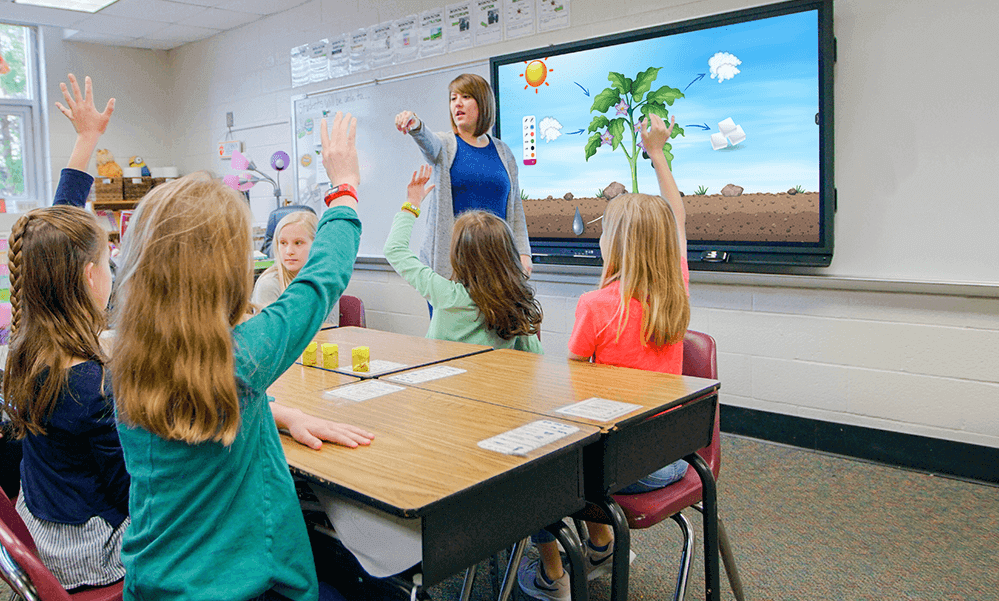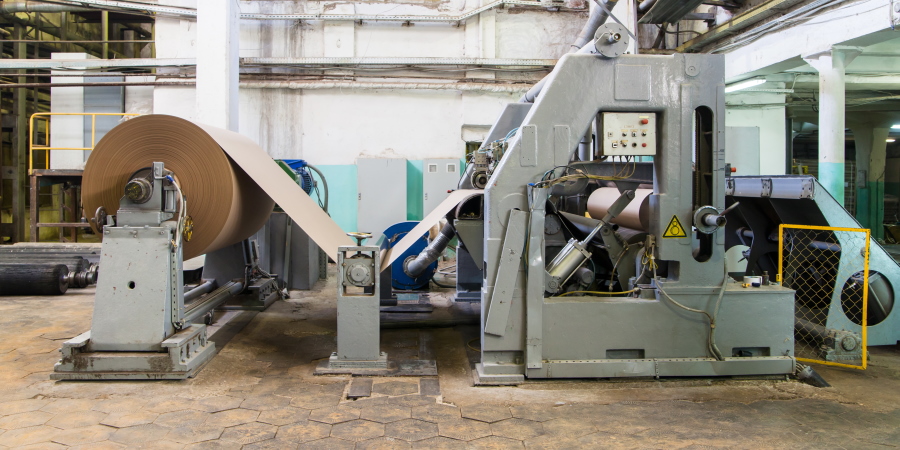Introduction
Paper’s role in education has been fundamental to learning for centuries. But the advent of the digital age creates new possibilities, and new problems, for the law. Keeping with tradition while experimenting with innovation implies an understanding of what both media can and cannot do. In this guide, we’ll take a closer look at the changing position of paper in education and its relationship with technology.
The Traditional Role of Paper
Tangible Learning
Paper is physically appealing to touch and it boosts learning. Handwriting enhances retention and comprehension, and can encourage children to write more. When you physically touch the paper you write on, take notes and read textbooks, you engage different senses, an element of reinforcement for retaining information.
Accessibility and Simplicity
Paper is universally available and technology independent. Its a simple and dependable tool for teaching, especially in development areas lacking a wealth of digital resources outside the classroom. Paper is used simply, so that there are as few limitations as possible for education.
Preservation of Information
Printed matter, like texts and journals, are considered to be of inherent egrity and amenable for archiving. Libraries and other educational systems utilize paper to maintain culture and knowledge and provide the same to future generations.
The Emergence of Technology in Education
Digital Learning Tools
It is new digital technology that offers new tools of mechanical innovation to education. Interactive applications, online classes and virtual simulations offer experiential learning. These are tools that accommodate different learning styles, providing a learning experience that paper is simply incapable of offering.
Expanding Access
Technology opens doors for education, making learning resources available across the globe. Structures in the cloud can be adopted in some of these courses, content is available from wherever you are, there are no longer distances (place) between the two points. This connectivity extends egalitarianism and enables lifelong learning.
Environmental Considerations
It saves paper by cutting down paper use. Schools should be going paperless Schools going paperless can reduce their carbon footprint and make environmentally responsible choices. Technology can provide a way of having more sustainable learning environments.
Balancing Tradition and Technology
Integrating Paper and Digital Resources
Some kind of equilibrium between paper and digital is the way forward. Here are several that take a blended approach, using both printed and digital materials that enhance the learning experience. This combination opens up new opportunities for educators to experience the best of both worlds and is proven to increase engagement and improve learning.
Supporting Diverse Learning Needs
Learning styles actually matter how your child learns is also important to recognize. Some students do well with digital resources, while others prefer paper-based strategies. Meeting the Needs of All Learners By providing education in several formats, education is personalized ensuring all students have access to the resources that fit their abilities and strength in learning.
Developing Critical Skills
There is a place for both paper and technology in teaching necessary skills. Cursive and handwriting both offer cognitive benefits, and digital knowledge helps kids to become comfortable in a tech-centric world. We should teach skills that can be PORTED to either medium and not fetishize one medium over another.
Challenges and Considerations
Digital Divide
Technology has its advantages, but the digital gap remains. All students are not on an equal footing with digital devices and internet access, and opportunities for education are not equal. Bridge this digital divide, is investment in infrastructure and access to technology that is fair.
Screen Time Concerns
Growing dependency on magazine. As digital devices proliferate, this concern about how “screen time” affects people’s health. Overusing screens can cause eye strain and short attention spans. Such risks can be mitigated by combining screen-time and non-screen-time based learning.
Quality of Content
Quality and trust of digital content are important. The reliability of online resources also differs from that of vetted textbooks. Schools need to help students learn to think critically about digital information, to enable digital literacy and discernment.
Conclusion
The position of paper in education and the impact of technology obn it affords opportunities and challenges alike. By combining the tactile and physical properties of paper with the dynamic and wide-ranging possibilities of digital, teachers and students are able to create a complete learning experience. Combining both mediums results in a more customized education for a wide range of needs and to better prepare students for an ever-evolving future. As the pendulum of education swings in a constant motion of change, how education will balance the art of tradition and technology to prepare students for the future becomes the conversation.


